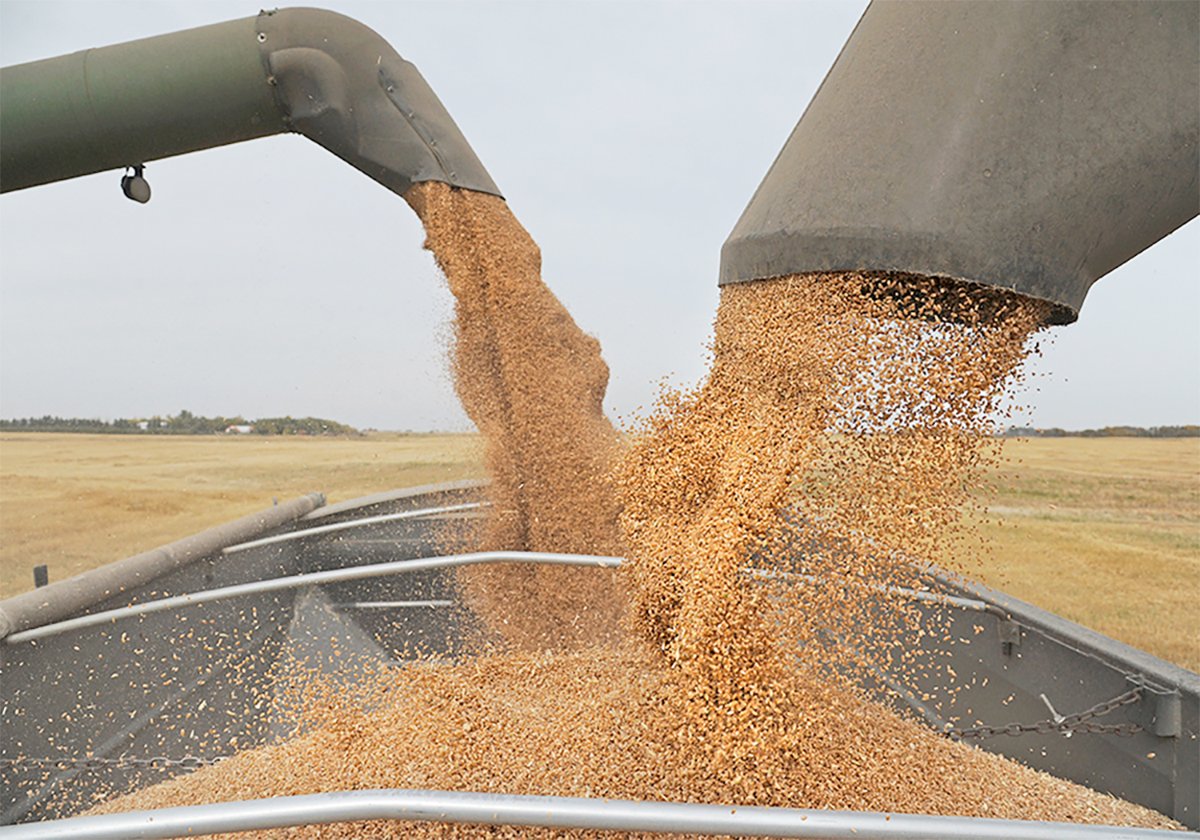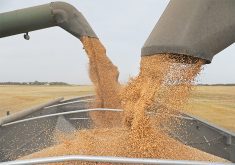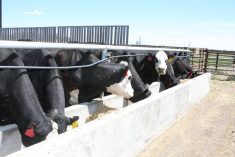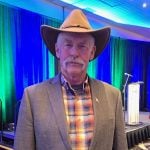The commodity game is a tough business and it’s always the same story: only a few big multinationals to sell to and unrelenting downward pressure on prices and margins.
But Jean-Paul Deveau and his father Louis had it even worse when they were establishing Acadian Seaplants Ltd. in the 1980s. They had just one product to sell and just one buyer.
The product is called carrageenan, an ingredient extracted from a type of seaweed and used to give pudding, ice cream and toothpaste a thicker texture. It’s a good product but a low-margin one, and the
Read Also

Agriculture productivity can be increased with little or no cost
There’s a way to enhance agricultural productivity with little or no cost. It doesn’t even require a bunch of legislative changes.
“It gave us a base of business to build from and some cash flow, but it was obvious there’s no real future there,” recalled Jean-Paul. “If we wanted to have a future with this company, we had to diversify.”
And did they ever.
Today, Acadian Seaplants (the name acknowledges the family’s Acadian roots in Salmon River, N.S.) has a dozen product lines and 325 individual products and sells them to more than 250 customers
in 70 countries.
It has 300 permanent and seasonal staff and another 300 seasonal seaweed harvesters.
So how did they do it? Ask Deveau about those early days and he sounds almost apologetic.
“I know this may sound simplistic but what we decided to do was to look for other types of seaweed that are abundant in the Atlantic Canadian region and attempt to process those into something that there would be some market for.”
When you’re starting from scratch, just how exactly do you find something that there would be a market for?
The answer is deceptively simple: Look around.
These days, Acadian Seaplants has crack research,
There was no internet then, so Deveau would go to the library to search for magazines and other publications that had stories or ads about products made from seaweed. Since seaweed is an international business, he also talked to Canadian trade commissioners, searching for leads and contacts.
The hunt may have been somewhat unfocused at first, but the Deveaus found what they were looking for. The “something” turned out to be rockweed, which has an ingredient that a Norwegian company was already selling as an animal feed supplement.
So off they went into rockweed processing and the rest was history, right? Wrong.
“A lot of producers will get excited about a crop and then it’s, ‘let’s plant it, let’s go,’ ” said Deveau.
“But it’s really important to take the time at the beginning to research, to talk to people, and to try to get a feel for the market potential.”
Talking to people really means listening to them. But the top priority is to find out what the market wanted.
In their case, it turned out to be something that the Norwegians didn’t offer Ñ a steady, year-round supply. The Deveaus guaranteed year-round delivery and devoted their first year in the rockweed business demonstrating they could meet that guarantee.
Once they had proven their reliability, their customers began increasing their use of the supplement and that’s when Acadian Seaplants’ business began to take off.
There is, of course, a lot more to tell about how the company moved from being wholly reliant on a single product with no future to a thriving global enterprise. But its origins should be an inspiration to any farmer looking to break out of the commodity trap.
The basics really are simple: look around for something you would be good at producing and that a sufficiently large number of people might want to buy. Then go and meet the people you hope to sell to.
And in this age of e-mailing and cell phone chatter, “meet” is another key word.
“There are all kinds of wonderful methods of communicating with your customer, but I don’t think there’s any substitute for sitting down face to face,” said Deveau.
Glenn Cheater is editor of Canadian Farm Manager, the newsletter of the
Canadian Farm Business Management Council. The newsletter as well as archived columns from this series can be found in the news desk section at www.farmcentre.com. The views stated here are for information only and are not necessarily those of The Western Producer.














